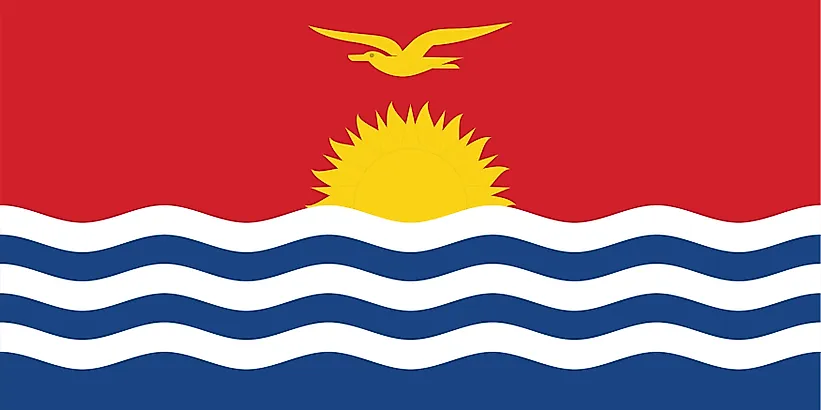
Kiribati
| Continent | Oceania |
| Capital | Tarawa |
| Population | 106,925 |
| GDP | $211.00 Million |
| GDP per Capita | $1,800 |
| Dialing Code | +686 |
| ISO Code (2-letter) | KI |
| ISO Code (3-letter) | KIR |
Kiribati Landscapes






About Kiribati
Welcome to Kiribati, a nation of atolls and islands scattered across the vast Pacific Ocean. With approximately 120,000 people spread across 33 coral atolls spanning 3.5 million square kilometers of ocean, Kiribati represents one of the world’s most unique and vulnerable island nations.
Geographic Features and Natural Beauty
Kiribati’s geography is extraordinary, consisting of three main island groups: the Gilbert Islands, Phoenix Islands, and Line Islands. The nation straddles both the equator and the international date line, making it the first country to see each new day.
The landscape consists primarily of low-lying coral atolls, most rising no more than three meters above sea level. The Phoenix Islands Protected Area (PIPA), one of the world’s largest marine protected areas, showcases the country’s commitment to ocean conservation.
The nation’s waters teem with marine life, including diverse coral reefs, numerous fish species, and sea birds. The pristine environment of the Phoenix Islands has earned UNESCO World Heritage status for its exceptional marine biodiversity.
Cultural Heritage and Traditions
I-Kiribati culture is deeply connected to the ocean, with traditional knowledge of navigation, fishing, and weather patterns passed down through generations. The country’s heritage includes unique dance forms, particularly the standing dance known as te buki.
Traditional arts include pandanus weaving for mats and clothing, with distinctive patterns specific to different islands. Music plays a central role in cultural life, with traditional songs often telling stories of ancestors and historical events.
Kiribati cuisine centers on seafood and locally grown produce, particularly coconuts, breadfruit, and pandanus fruit. Traditional food preservation techniques, developed over generations, remain important for food security.
Historical Journey
Kiribati’s history spans from early Micronesian settlement through various colonial periods to independence in 1979. The islands played significant roles during World War II, with the Battle of Tarawa being a crucial turning point in the Pacific campaign.
Significant periods include the arrival of European explorers, British colonial rule, and the challenges of nation-building in the post-independence era. The country’s experience with nuclear testing in the region has shaped its modern environmental advocacy.
Modern Economic Landscape
Today’s Kiribati economy combines traditional subsistence activities with modern sectors including fishing license revenues and tourism. The country’s vast exclusive economic zone provides significant fishing resources.
Recent initiatives focus on climate change adaptation, sustainable resource management, and development of renewable energy sources. Kiribati’s sovereign wealth fund, derived from phosphate mining revenues, helps support economic stability.
International Relations and Global Position
Kiribati maintains an active voice in international climate change discussions while fostering regional Pacific cooperation. The country’s experience with rising sea levels makes it a powerful advocate for global climate action.
Did You Know?
• Kiribati is the only country in the world to be situated in all four hemispheres?
• The nation’s Phoenix Islands Protected Area is one of the world’s largest marine protected areas?
• Traditional navigation techniques are still practiced and taught to younger generations?
• The Battle of Tarawa in 1943 was one of the bloodiest battles in the Pacific during World War II?
Conclusion
Kiribati represents a unique blend of traditional Pacific culture and modern environmental challenges. From its vast marine territories to its rich cultural heritage, from its traditional practices to its modern adaptation strategies, Kiribati continues to navigate the challenges of the 21st century while preserving its unique identity. As it addresses existential threats from climate change and sea-level rise, Kiribati remains committed to sustainable development and environmental protection while maintaining its distinctive way of life.